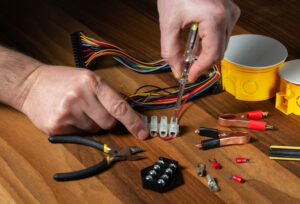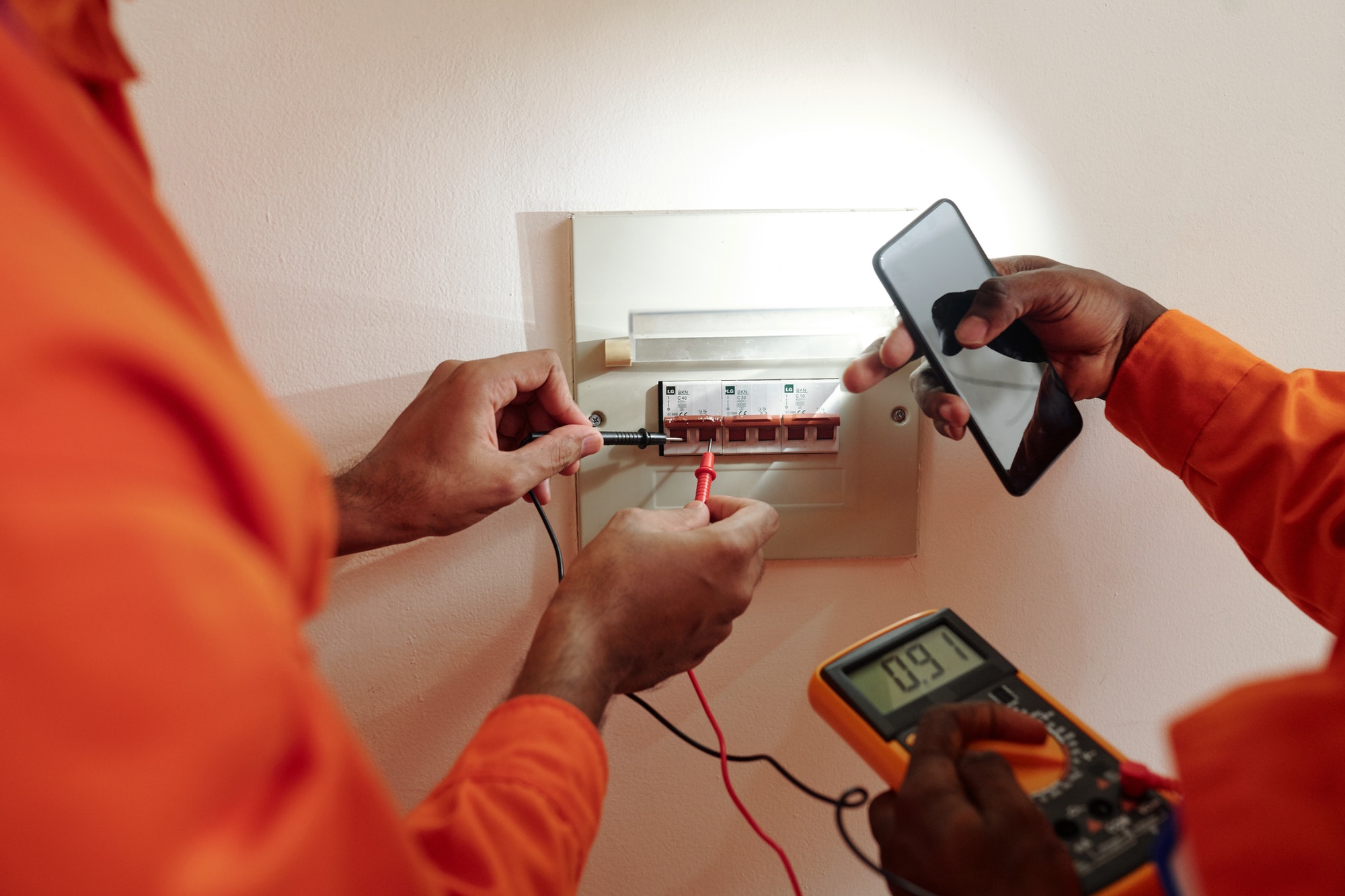Addressing issues identified in your Electrical Installation Condition Report (EICR) is crucial for maintaining electrical safety and compliance. Here’s a step-by-step guide to help you navigate the process:
1. Review the EICR Report
- Understand the Findings: Carefully read through the EICR report to understand the identified issues. The report will categorize issues into codes based on their severity:
- Code C1: Danger present, immediate action required.
- Code C2: Potentially dangerous, urgent remedial action required.
- Code C3: Improvement recommended.
- FI: Further investigation required.
2. Prioritize Actions
- Immediate Hazards (C1): Address C1 issues first as they present an immediate danger. Disconnect or isolate affected areas until repairs are completed.
- Urgent Remedial Work (C2): Schedule repairs for C2 issues as soon as possible to mitigate potential risks.
- Recommended Improvements (C3): Plan for C3 improvements to enhance overall safety and compliance.
- Further Investigation (FI): Arrange for further investigation to clarify and resolve FI issues.
3. Hire a Qualified Electrician
- Find a Certified Professional: Engage a qualified and certified electrician to carry out the remedial work. Ensure they are registered with a recognized regulatory body (e.g., NICEIC, NAPIT in the UK).
- Verify Credentials: Check the electrician’s credentials, insurance, and experience to ensure they are qualified to perform the necessary repairs.
4. Plan and Schedule Repairs
- Create a Schedule: Work with your electrician to create a schedule for the remedial work. Prioritize immediate and urgent issues while planning for recommended improvements.
- Minimize Disruption: Coordinate the repair work to minimize disruption to occupants and operations, especially in commercial or rental properties.
5. Conduct Repairs and Improvements
- Remedial Work: Allow the electrician to carry out the necessary repairs and upgrades as specified in the EICR report.
- Quality Assurance: Ensure the work is done to a high standard, complying with current electrical safety regulations and standards.
6. Documentation and Certification
- Obtain Certification: After the repairs are completed, request certification from the electrician to confirm that the work complies with safety standards.
- Update Records: Keep a record of all completed work, including the EICR report, repair invoices, and certification. This documentation is important for future inspections and for compliance verification.
7. Inform Relevant Parties
- Landlords and Tenants: If you are a landlord, inform your tenants about the completed repairs and improvements, providing them with updated safety information.
- Insurance Providers: Notify your insurance provider of the completed work to ensure your policy remains valid and to potentially reduce premiums.
8. Schedule Future Inspections
- Regular Inspections: Schedule regular EICR inspections based on the recommended frequency for your type of property (e.g., every 5 years for rental properties).
- Ongoing Maintenance: Implement an ongoing maintenance schedule to prevent future issues and ensure continued compliance with safety standards.
9. Continuous Improvement
- Feedback Loop: Use the insights gained from the EICR process to continuously improve your electrical safety practices.
- Training and Awareness: Provide regular training and updates to occupants or staff on electrical safety to prevent issues and ensure everyone knows how to respond to potential hazards.
Summary
Addressing issues identified in your EICR report involves a systematic approach: understanding the findings, prioritizing actions, hiring qualified professionals, conducting necessary repairs, documenting the work, informing relevant parties, and scheduling future inspections. By following this guide, you can ensure that your property remains safe, compliant, and well-maintained.






